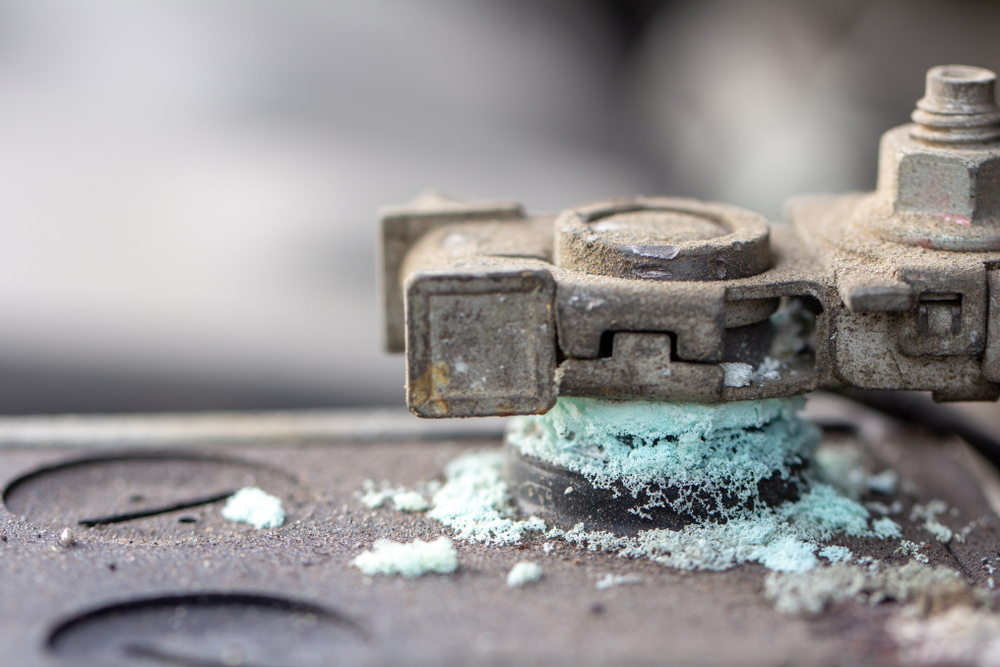In our latest installment of Ask the Expert, brought to you by the team of industry experts at EHS Hero®, we look at a recent question from a subscriber asking about storing corrosives. See what the experts had to say.
Q: Is there an OSHA requirement that stipulates that corrosives must be stored on a low level? We sell car batteries and store them in our warehouse for distribution to our stores, and some are stored up on high levels of racking due to the number we carry.
No specific OSHA regulation. There is no specific requirement in the OSHA regulations that mandates that corrosives, including car batteries, be stored on a lower level of a building. The focus of OSHA regulations that have applicability to batteries do not address their storage. However, the OSHA regulation at 29 CFR 1926.441 that addresses battery charging areas in the construction industry, provides perhaps a window into what OSHA might generally consider necessary for the safe storage of batteries. This regulation states that “batteries of the unsealed type [e.g. some car batteries] shall be located in enclosures with outside vents or in well ventilated rooms and shall be arranged so as to prevent the escape of fumes, gases, or electrolyte spray into other areas.“ 29 CFR 1926.441 notes that “racks and trays shall be substantial and shall be treated to make them resistant to the electrolyte” and that “floors shall be of acid resistant construction unless protected from acid accumulations.” These criteria, although not legally binding to the scenario you have described, are among the suggested best management practices (BMP) that those in your industry appear to follow for storing batteries.
BMP. There is a BMP that recommends storing batteries on a low level. The logic for this is two-fold:
- Building temperatures are less at lower levels which is preferable because the warmer the temperature, the faster the battery will self-discharge, and
- Storage at a low level, below eye level if possible, allows for easier handling of the batteries and decreases the chance of dropping them.
In addition to storing batteries in low areas that are temperate, well ventilated, and have racks and floors resistant to acidic spills and drips, you may want to consider these additional BMP for your warehouse:
- Segregation. Maintain physical segregation of corrosives from other stored substances as accidental contact between corrosives and incompatible chemicals can result in fire, explosions, the formation of highly toxic and/or flammable substances, or other potentially harmful reactions.
- Storage areas. Maintain storage areas for corrosives, such as batteries, that are:
- Supplied with adequate firefighting equipment.
- Supplied with suitable spill clean-up equipment and materials.
- Dry and cool, out of direct sunlight and away from steam pipes, boilers or other sources of heat.

